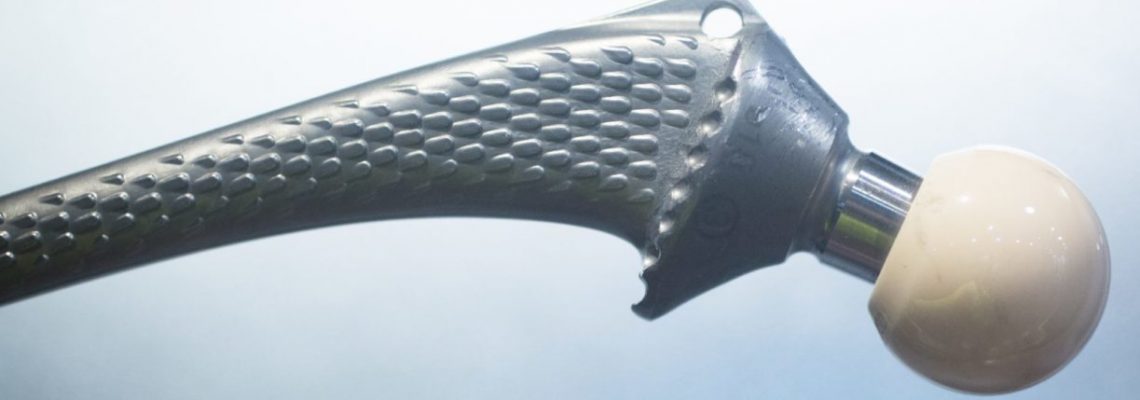Jordi Labs is one of the world’s leading authorities in the field of medical device analytical chemistry and laboratory testing. It is a deceptively broad field of analysis, comprising routine physical testing and complex product deformulation, alongside contamination and failure investigations. Each of these analytical requirements can be subdivided into varying technological branches and areas of application. At Jordi Labs, we must work closely with clients to understand the unique manufacturing, storage, and operating conditions of distinct products to provide a reliable medical device analytical chemistry service with both quantitative and qualitative results.
Our holistic approach to medical device analytical chemistry is best exemplified by our approach to extractables and leachables (E&L) testing. This is a multi-step process in which our chemists design a bespoke study from the ground up. Background information regarding the composition and usage conditions of the device informs the E&L study’s pathway. This includes determining the sample selection and extraction conditions, alongside the necessary analytical techniques.
An arrangement of multiple analytical technologies is typically used to detect, identify, and quantify E&L contaminants in medical devices. This ensures medical device analytical chemistry is carried out to the most rigorous quality control (QC) measures.
Intravenous medical devices are held to exacting standards throughout manufacture and storage to mitigate the risk of contaminants entering a patient’s vascular system. Undesirable particulates and residues that have accumulated or saturated the surfaces of biomedical devices can be released into a patient’s body when deployed. These may be inconsequential if they comprise small, non-toxic particles at sufficiently low concentration levels. This behavior may be illuminated by measuring the overall particulate load of medical devices.
The total particulate load of biomedical devices such as catheters, guidewires, and stents does not elaborate on particle shape or size and provides little information regarding a contaminant’s elemental composition. It is subsequently an imperfect assessment of the potential health risks associated with patient contamination, such as blood vessel occlusion and toxic exposure.
Determining acceptable limits for particulates and residues should be preceded by robust characterizations of the contaminant itself. This is routinely carried out using advanced analytical tools such as scanning electron microscopy coupled with energy dispersive x-ray (SEM-EDX) analysis and Fourier transform infrared (FTIR) microscopy.
Outlining SEM-EDX and FTIR Microscopy
SEM-EDX vastly exceeds the resolving power of traditional microscopy with potential magnifications of up to 50,000x. This rapidly generates three-dimensional surface maps to detect and observe topographical variations that may be characteristic of contaminant elements.
SEM-EDX microscopes are also equipped with an optical detector that acquires the elementally-characteristic x-rays dispersed by the sample. Particulates and residues can not only be detected with a resolution of 1000 – 3000 parts per million (ppm) but can be identified and traced back to a source of origin. FTIR microscopy is typically used to detect and identify smaller impurities using an infrared light source with a spot size as small as 10 micrometers (µm).
Particulates and Residue Analysis with Jordi Labs
Jordi Labs is one of the world’s leading experts in particulates and residue analysis for pharmaceutical and life science applications. We provide tailor-made analytical studies using SEM-EDX, FTIR microscopy, and additional devices to support quality control and quality assurance in the medical devices sector.
Please feel free to contact us directly with any questions about our analytical tools or our experience in biomedical device applications.





